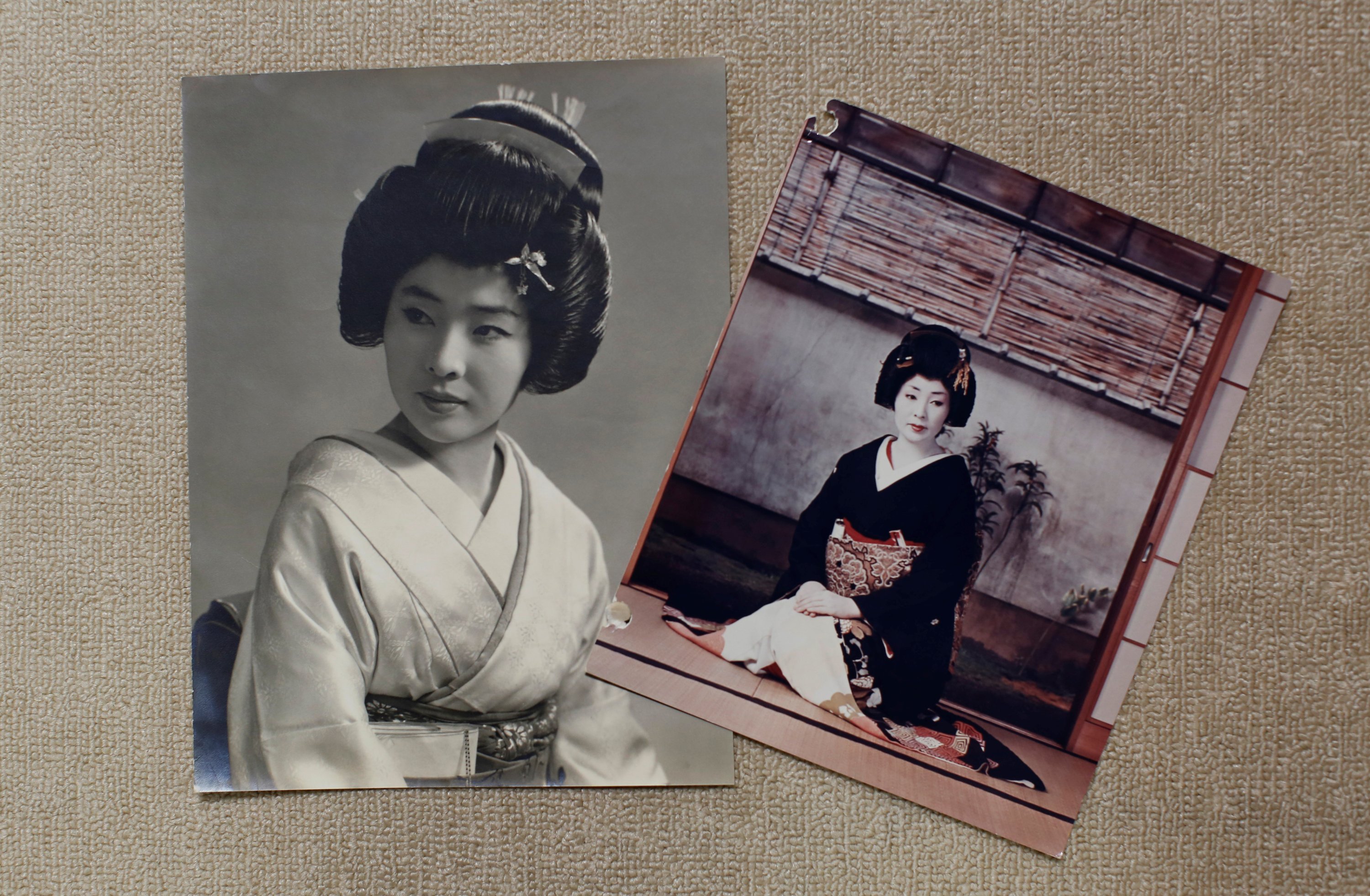
The ancient Japanese art of geisha is now facing a crossroads that requires the centuries-old tradition of entertainment to adapt to a world that functions under the rules of social distancing
Ikuko, the "big sister" of Tokyo's Akasaka geisha district, came to the capital to seek her fortune in 1964, the year Tokyo first hosted the Olympics. But the coronavirus pandemic has made her fear for her centuries-old profession as never before.

Though the number of geisha – famed for their witty conversation, beauty and skill at traditional arts – has been falling for years, Ikuko and her colleagues were without work for months due to Japan's state of emergency and now operate under awkward social distancing rules.
"There were more than 400 geisha in Akasaka when I came, so many I couldn't remember their names. But times changed," Ikuko, now 80, said.
These days, only roughly 20 remain, and there are not enough engagements to take on new apprentices – especially now.
Coronavirus-induced austerity has slashed expense accounts, and many people remain wary of spending hours in the elegant but closed traditional rooms where geisha entertain.
Engagements are down 95%, and come with new rules: no pouring drinks for customers or touching them even to shake hands, and sitting 2 meters (6.5 feet) apart. Masks are hard to wear with their elaborate wigs, so they mostly don't.
"When you sit close, you can talk with feeling, your passion comes through," Ikuko said, wearing a black silk kimono patterned with irises. "When you're 2 meters apart, conversation breaks down."
Geisha are not the only Japanese artists in danger. Performers of "jiutamai," an ancient women's dance, as well as makeup artists, wig stylists and kimono dressers, confessed that they worry the coronavirus could further imperil their niche professions.
"Every single one of my events has been canceled," said Mitsunaga Kanda, who has spent decades doing elaborate makeup for geisha and dancers.
"We touch their skin and their face, all over, and while we don't talk we're very close – something we're very aware of now," added Kanda, donning a mask and face shield to work on dancer Tokijyo Hanasaki.
A fading profession
Though the ancient capital of Kyoto is best known for geisha, Tokyo has six geisha districts of its own. But discouraged by the rigor of geisha life with its hours of artistic practice, fewer now join. Akasaka had 120 geisha 30 years ago. Now all of Tokyo has only some 230.
Lessons and kimono are expensive, with pay dependent on popularity. And some skills, such as the witty conversation that make older geisha like Ikuko especially popular, can only be gained through time.
"Our income has been down to zero," Ikuko said. "I have a bit of wherewithal, but it's been very hard for the younger ones. The geisha association has helped with rent."
All geisha, as freelancers, can also apply for 1 million yen (around $9,300) in government subsidies, which she believes most did.
"I was just full of anxiety," said fellow geisha Mayu, 47. "I went through my photos, sorted my kimonos ... The thought of a second wave is terrifying."
Still, every effort is being made.
"We arrange things in the largest room possible," said Shota Asada, owner of the luxurious restaurant where the geisha entertain. "Anything to keep this culture alive."
Hope for next generation
Koiku lives in a Tokyo apartment and loves to read manga comics and play with her Scottish Fold cats. But as evening nears, she paints her face with white makeup, dresses in a layered silk kimono, and goes to work as a geisha.
Long a student of classical ballet, a passion for kimono that took her to a shop frequented by geisha eventually led to her apprenticing at 28 as one of the elegant female entertainers famed for their wit, beauty and skill at traditional dance and music. She formally debuted a year later. "I thought it was a world you couldn't enter unless you started training in your teens," said the slender Koiku, now 39 and dressed in a green silk kimono.
"Of course traditional Japanese dance is completely different from ballet, and it was very hard for me to follow at first. It's still hard for me now," she said.
An iconic Japanese symbol, geisha are also dwindling, with women scared off by the rigors of training and traditional rules. But while Koiku and her "sisters" in Tokyo's Akasaka geisha district say their life – including hours of dance and music practice – is more demanding than expected, none would trade it for anything else.
Mayu worked at a hotel when she decided to become a geisha 20 years ago but had to fight for parental approval.
"My father really didn't understand geisha, he thought it was like the sex trade. He opposed me so violently I thought it would tear the family apart," she said. "After six years I just gave up and left."
"When he saw our first performance, and how hard we work, he came backstage and went to his knees and bowed really low ... Now he's a huge fan," she said.
The coronavirus and Japan's soft lockdown cut engagements to nothing and forced the women into days at home. Mayu sorted her photographs and kimonos, while Koiku – an avid reader – worked her way through books she hadn't had time for, including binge-reading work by legendary manga artist Osamu Tezuka.
While parties and dance practice have slowly resumed, both said they thrive on activity and want normal life back soon.
"Sometimes we're so busy we go straight to practice without any sleep, but those times are way better than this," Mayu said. "When you have lots of time, you don't do anything."
